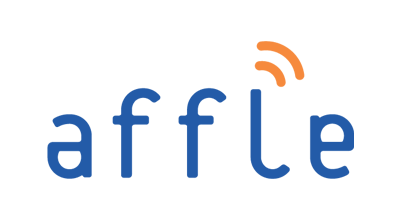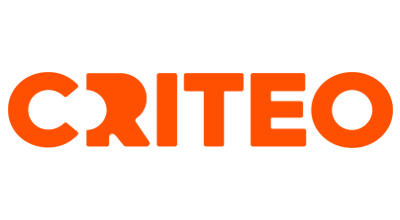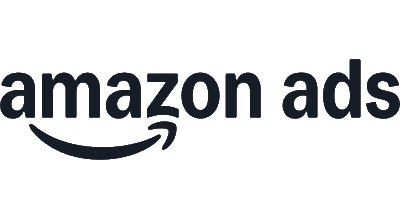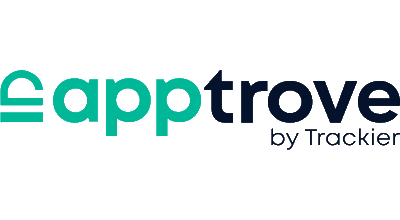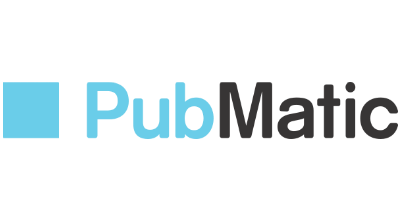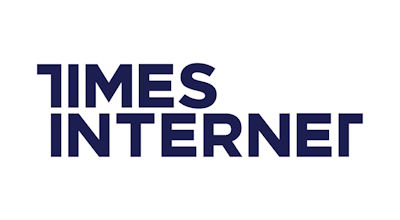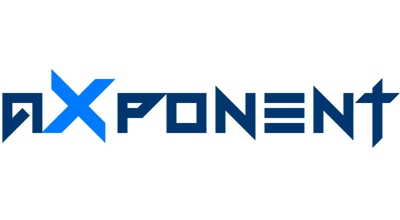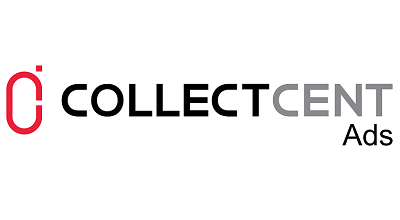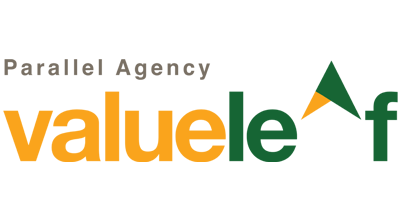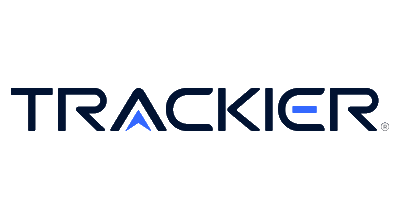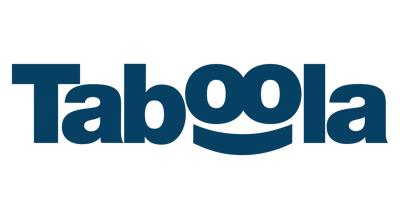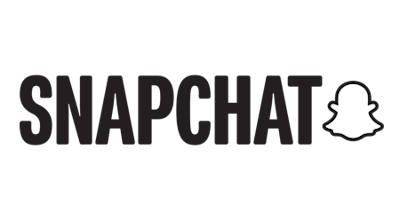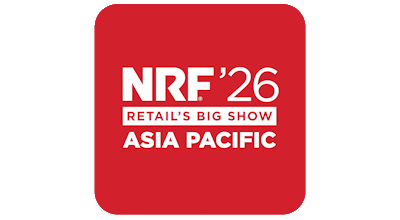#BUSINESSTALK WITH MORDEN CHEN, GENERAL MANAGER OF ALIBABA UC ADS MARKETING.
We caught up with him to understand the trends in content on Mobile, the ROI of creativity, influencer marketing and the growth of programmatic buying in India.
With the explosion of content on the internet, thanks to OTT platforms, and other technology services, what trends do you see around content consumption on mobile?
– Mobile provides multi-touch points to users, which encourages various formats of content. With mobiles and ever affordable data, it allows users access to omni-channels every day, from news, broadcast, OTT, to live video, etc. Content, accordingly, is adapted into various formats, from article, audio, live streaming, short form video to long ones. Even gaming and emoji can be popular formats of content to the Gen Z. We can say that, along with the technology development, more formats of content are being created and tested.
– The demands rise for personalization and interactivity. Thanks to data technology and algorithm, platforms are able to understand users’ interests and try to provide the content they like. Except for personalized content recommendation, content personalization and interactivity is much talked about. Top content provider Netflix launched an interactive Black Mirror episode last year, viewers can choose and personalize storylines. The techniques are yet to be widely used, but the needs for personalization and interactivity are noticed.
– ‘snippet’ content to cater to micro-moments. User behavior are mostly changed on mobile from TV or print media. Content consumption scatter during all the micro-moments, sporadic and decentralized. Snackable and short form video content becomes even more adaptive to these time fragments.
–In India Vernacular content will become major driver for mobile content consumption in the next 3 years. Only 12% of India speaks English, and the fact is people tend to watch and read contents in their mother tongue. According to research, the vernacular content user base in India is estimated to grow to over 540 million by 2021, which would comprise 75% of Internet users at the time. We believe many of these new internet users are going to use mobile phones to access these content and continue spending more time on their phones which provides a great opportunity for content providers and influencers to shape their own personal channel and brand. And this is what UC has been doing, to empower thousands to millions of content providers and connect them to the right audiences.
While brands are instinctively driven towards content and creativity for their new campaigns & products, what accordingly to you are some of the key points they need to bear in mind, so that they get ROI out of these campaigns?
Brand managers have to decide the overall objectives to an integrated campaign, be it voice of brand, sales growth or something else. That’s the final destination to bear in mind. Break down the objectives to each segment according to the action and media nature. Make sure there are clear key goals to every individual campaign and all of them lead to your final destination.
Content view or share might just be numbers to report, the challenge for marketers is that whether the overall objective is broken down in a right way – if all those numbers in detail help to make the final goal happen.
As the market for influencer marketing matures, with even micro influencers holding considerable sway, how to see this market developing over the coming year?
– The whole industrial keeps developing in an industrial way. Take China market as an example, which is definitely a booming market for influencer marketing. When content creators were able to monetize their content back in 2016, the industry began to thrive. In the years followed, it’s been witnessed the appearances of professional players among every circle, including influencer incubators, influencer-led creative studios, influencer marketing platforms, etc. It’s been a prosperous and crowded industry, and every player found it profitable.
– Statistic tools and platforms, which empower content creators and marketers in both ways. The tools enable creators detect trendy topics, keywords, hence, content creation become less of art and more of science of words. With multiple dimensions of data, it helps marketers further track conversion and analyze the results of content marketing campaigns, and evaluate the performance in a practical way.
As programmatic advertising scales to create better ROI for advertisers, what advice would you have for publishers who look forward to creating the maximum revenue from their inventory?
Before programmatic buying getting popular, we have been using different ways to maximize revenue for decades – on print, on TV, on Radio. So let’s see what we’ve done. We packaged different inventories for different campaign purposes, for targeting different audience segments, and sold for different price so that different advertisers can take the right “piece” depending on their affordability and goals. For example, we often get automobile aftersales service ads on radio during morning and afternoon commuting traffic hours, while we see skin care ads on vogue, the reason behind is to fit our marketing goal with the right media. So what I can say is there’s something unchanged and something change by time. We should first think about to understand your user base and traffic, as well as the value to your potential customers, to design pricing strategies accordingly, these will never go wrong and won’t change by time.
What to be changed and we better embrace as a publisher is your programmatic readiness. By saying so, it includes both demand side and supply side, so get ready to prepare and train your sales team to be able to sell programmatic – such as to work closely with agency trading desk to generate new revenue from PMP (preferred marketplace) and programmatic guaranteed deal, to train them to understand the programmatic ecosystem and R&R of DSPs, SSPs, DMPs, ADXs; and get ready to prepare and train your traffic optimization team to use a solid SSP (supply side platform) for yield management, to run more A/B testing within your ad placements to understand which are best for direct response ads and which are good for branding purpose, to start use data more for your user profiling, use multiple data that can only be given by mobile usage scenarios such as location, language, interest, phone types, etc so that you know better about your unique value. There’s a long way to go, but we got to start from now





